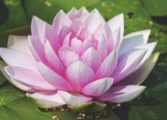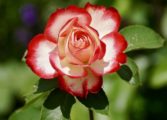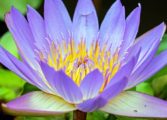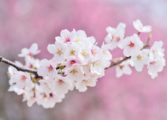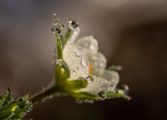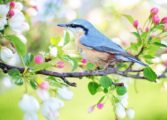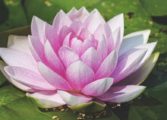The Palettblad Pinata: A Comprehensive Guide to a Colorful and Exciting Plant
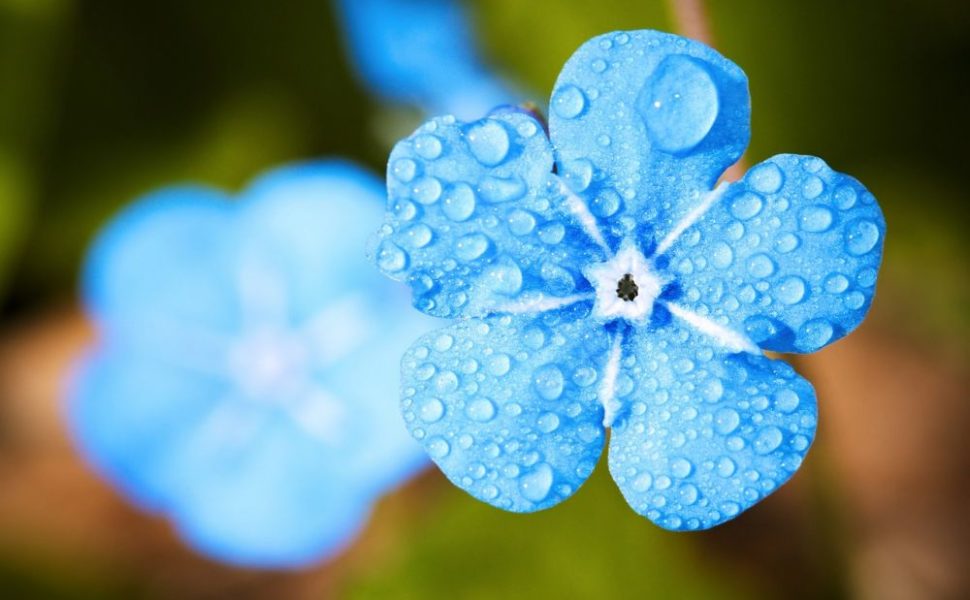
Introduction:
Palettblad Pinata, often referred to as the ”party plant,” has gained immense popularity among plant enthusiasts due to its vibrant foliage and unique characteristics. In this article, we will provide a thorough overview of the palettblad pinata, discussing its types, popularity, quantitative measurements, variations, and historical pros and cons. So, let’s dive in and discover the fascinating world of this remarkable plant.
1. A Comprehensive Overview of Palettblad Pinata:
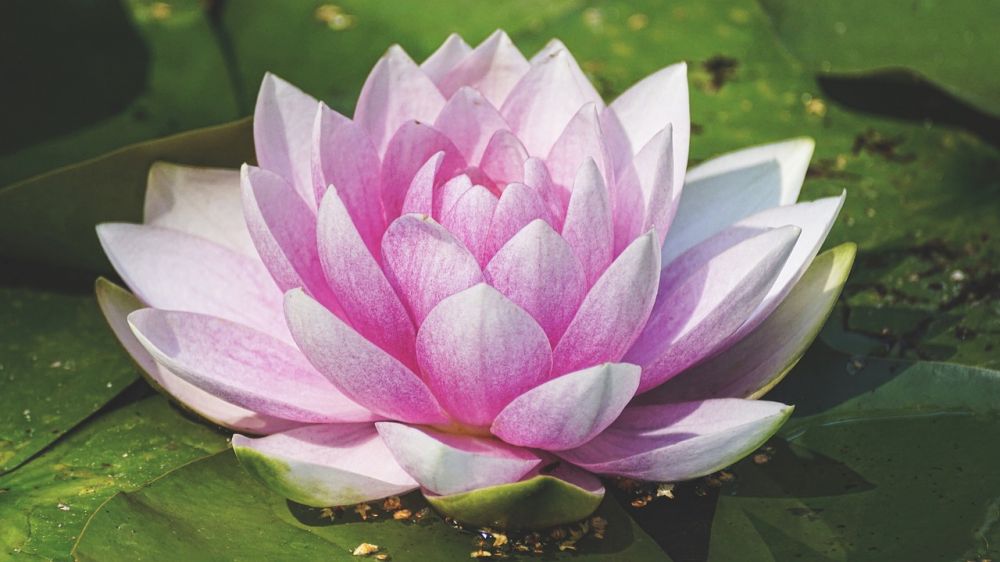
The palettblad pinata, or party leaf, is an ornamental plant native to Central and South America. Its distinct feature lies in its stunningly colorful foliage, which resembles a pinata bursting with an array of hues. This plant belongs to the Caladium family, known for its showy leaves and vibrant patterns. Due to its popularity, many hybrid varieties of palettblad pinata have been cultivated, boasting unique color combinations, leaf shapes, and sizes.
2. A Detailed Presentation of Palettblad Pinata:
2.1 Types of Palettblad Pinata:
– The Classic Variety: This type exhibits a mix of vibrant colors, including shades of red, pink, yellow, green, and white. Its broad heart-shaped leaves create a visually striking appearance.
– The Mottled Pinata: Characterized by splashes of different colors, this variety showcases a mottled and marbled effect on the leaves, making it a captivating addition to any garden or indoor space.
– The Pastel Palette: A softer version of the pinata, this type features pastel shades like light pink, lavender, baby blue, and pale yellow. The subtle hues offer a serene and calming presence.
– The Dark Delight: With dark hues dominating its foliage, this variety exudes a unique charm, boasting rich purples, deep reds, and shades of black. Its dramatic color palette adds a touch of mystery to any setting.
– The Miniature Pinata: This compact version of the palettblad pinata is perfect for small spaces. It retains the same vibrant colors and patterns but in smaller, more manageable leaves.
2.2 Popularity of Palettblad Pinata:
Palettblad pinata has gained immense popularity among plant lovers due to its eye-catching aesthetics and versatility. It is widely used for ornamental purposes, both indoors and outdoors, as its foliage instantly adds a pop of color and liveliness to any space. Its unique attributes make it a sought-after choice among gardening enthusiasts, interior decorators, and plant collectors alike.
3. Quantitative Measurements of Palettblad Pinata:
When it comes to measuring the impact and growth patterns of palettblad pinata, quantitative metrics play a significant role. Several essential measurements include:
– Leaf Size and Widt The dimensions of the leaves can range from small to large, varying between different palettblad pinata varieties.
– Growth Speed: Palettblad pinata is known for its fast growth, requiring appropriate care and maintenance to manage its size and shape.
– Color Intensity: Quantifying the vividness and saturation of colors present in the foliage helps in distinguishing the pinata’s various types.
4. Discussion on Differences between Palettblad Pinata Variations:
Each variety of palettblad pinata possesses distinct characteristics that set them apart. These differences mainly revolve around color patterns, leaf shapes, and overall plant size. Some variations exhibit bold, contrasting colors, while others showcase softer, more muted tones. Leaf shapes can range from broad heart-shaped leaves to narrower, elongated ones. Additionally, the plant’s overall size and growth pattern may differ between varieties.
5. Historical Overview of Pros and Cons of Palettblad Pinata:
Historically, the palettblad pinata has been lauded for its vibrant beauty, offering an array of colors seldom seen in other plants. However, it does present some challenges that need to be considered:
Pros:
– Eye-catching and visually appealing foliage
– Versatile: can be grown both indoors and outdoors
– Adds a lively and vibrant touch to any space
– Popular among plant enthusiasts and collectors
Cons:
– Requires consistent care and maintenance
– Sensitive to temperature and light conditions
– Can be toxic to pets if ingested
Conclusion:
The palettblad pinata, with its vivid and multi-colored foliage, brings an explosion of joy and color to any environment. Its various types, quantitative measurements, distinguishing features, and historical pros and cons make it an intriguing choice for plant lovers. Whether you’re a gardening enthusiast or simply looking to add an enticing touch to your living space, the palettblad pinata is undoubtedly a captivating addition.
Video Description: Join us on a visual journey as we explore the stunning world of palettblad pinatas. Witness the vibrant colors, unique leaf patterns, and learn how to care for these remarkable plants. Discover why the palettblad pinata is the ultimate party plant that will transform your indoor or outdoor space into a botanical wonderland.
(Note: The video should demonstrate the visual beauty of palettblad pinatas, offer care tips, and highlight their versatile uses in different settings.)














